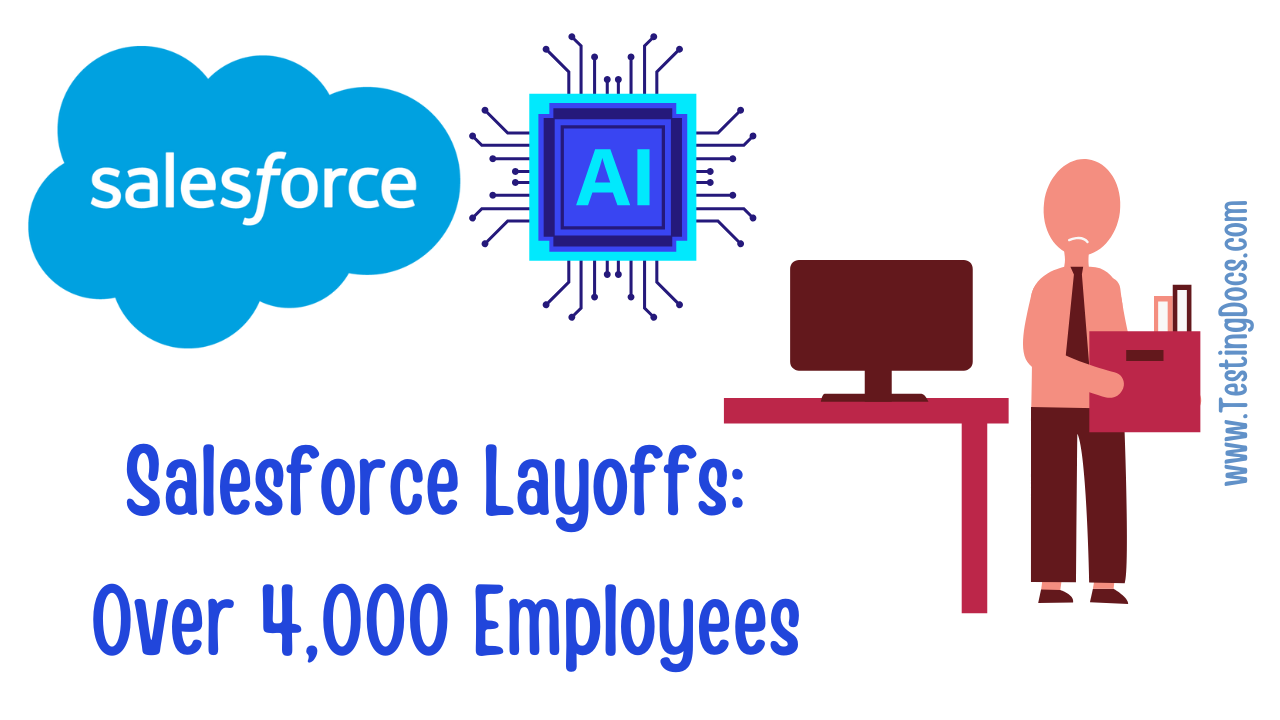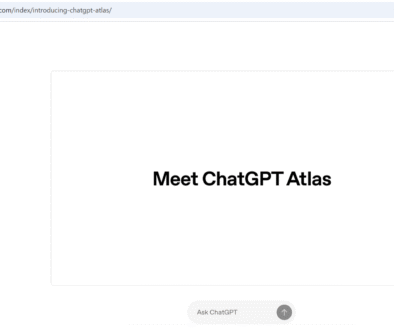Salesforce Layoffs: Over 4000 Employees
Salesforce Layoffs: Over 4000 Employees
In a significant move reflecting the growing impact of artificial intelligence (AI) on the workforce, Salesforce, a major player in the tech industry, has laid off over 4,000 employees. This decision, announced by CEO Marc Benioff, highlights a strategic shift towards AI automation in customer service and sales operations. For beginners, this event serves as a notable example of how AI is transforming businesses and the nature of work.
What is Salesforce?
Salesforce is a cloud-based software company that provides customer relationship management (CRM) services. Think of CRM as a digital toolbox that helps businesses manage interactions with current and potential customers. It organizes customer data, tracks sales leads, automates marketing efforts, and supports customer service—all in one platform. Founded in 1999, Salesforce has grown into a global leader, offering various specialized tools like Sales Cloud, Marketing Cloud, and Service Cloud to help businesses thrive.
Why Did the Layoffs Happen?
The primary reason for the layoffs is the integration of AI agents into Salesforce’s operations. These AI systems, often called “agentic AI,” can handle routine customer service tasks, such as answering queries and managing sales leads, without human intervention. As a result, the company found it needed fewer human employees to perform these functions. Specifically, AI now handles about 50% of customer conversations, compared to none a year ago. This automation allows Salesforce to operate more efficiently and address a backlog of over 100 million sales leads that had accumulated over 26 years due to insufficient staffing.
| Category | Before Layoffs | After Layoffs |
|---|---|---|
| Customer Support Employees | 9,000 | 5,000 |
| Total Workforce (All Divisions) | 76,453 (as of January 2025) | Approximately 72,453 |
What Salesforce Said About the Layoffs
CEO Marc Benioff explained that the layoffs were part of a “rebalancing” of the workforce due to AI’s ability to automate tasks. He stated, “I was able to rebalance my headcount on my support. I’ve reduced it from 9,000 heads to about 5,000 because I need fewer heads.” Benioff emphasized that AI and human employees would collaborate through an “omnichannel supervisor” system, where AI handles routine tasks and escalates complex issues to humans. He compared this to a Tesla switching to self-driving mode but occasionally requiring human intervention. However, this marks a shift from his earlier statements in July 2025, where he downplayed the risk of AI-driven job losses, saying AI would “augment rather than replace” workers.
Top FAQs: Salesforce Layoffs
How many employees were laid off at Salesforce?
Salesforce laid off 4,000 employees in its customer support division.
Why did Salesforce lay off employees?
The layoffs were due to the adoption of AI automation, which can handle many customer service and sales tasks previously done by humans.
What percentage of customer interactions are now handled by AI at Salesforce?
AI now manages 50% of customer conversations at Salesforce.
Did CEO Marc Benioff previously say AI wouldn’t replace jobs?
Yes, in July 2025, Benioff stated AI would augment, not replace, workers. The recent layoffs represent a shift from that stance.
How does Salesforce plan to use AI and humans together?
Salesforce uses an “omnichannel supervisor” system where AI handles routine tasks and escalates complex issues to human agents.
What impact did AI have on Salesforce’s backlog of sales leads?
AI helped address a backlog of over 100 million uncontacted sales leads that had accumulated over 26 years.
How did the layoffs affect Salesforce’s total workforce?
The layoffs reduced the customer support team from 9,000 to 5,000 employees, cutting about 5% of the total workforce.

